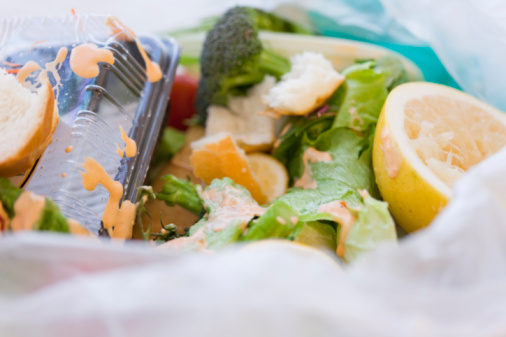Washington, D.C.—The U.S. Department of Agriculture (USDA) and Environmental Protection Agency (EPA) have set the country’s first national food waste reduction goal, which aims to reduce food loss and waste by 50 percent by 2030.
Food loss and waste is estimated to be 31 percent, or 133 billion pounds, of overall retailer and consumer food supply in the United States. Food waste is also the single largest component of U.S. municipal solid waste (an estimated 21 percent in 2011) going into landfills, which in turn accounts for about 18 percent of total U.S. methane emissions, according to the EPA.
“Let’s feed people, not landfills. By reducing wasted food in landfills, we cut harmful methane emissions that fuel climate change, conserve our natural resources and protect our planet for future generations,” said EPA Administrator Gina McCarthy in an official statement.
In addition to ongoing federal initiatives, such as the U.S. Food Waste Challenge—a call to action for organizations and businesses to commit to reducing, recovering and recycling their food waste—launched in 2013, the USDA and EPA will be working with the private sector, charitable organizations, faith-based organizations and local, state and tribal governments to improve food security.
According to the USDA, it is projected that a 15 percent reduction in food losses would help feed more than 25 million Americans. Food loss occurs when edible foods are available but not consumed for any reason, including as food waste or due to cooking loss and loss from mold and pests, according to the USDA’s Economic Research Service. Food loss and waste is estimated to cost $161 billion dollars a year.
“Food retailers are community minded, neighborhood focused and intimately connected to the lives of their shoppers; as such they work closely with their customers on those issues touching both the heart strings and the purse strings,” said Leslie Sarasin, president and CEO of the Food Marketing Institute, in an official statement. “Reducing food waste at all levels in the food chain—farm, factory, store and home—is certainly one of those issues with economic and emotional appeal.”
Published in WholeFoods Magazine, November 2015 (online 9/30/15)










